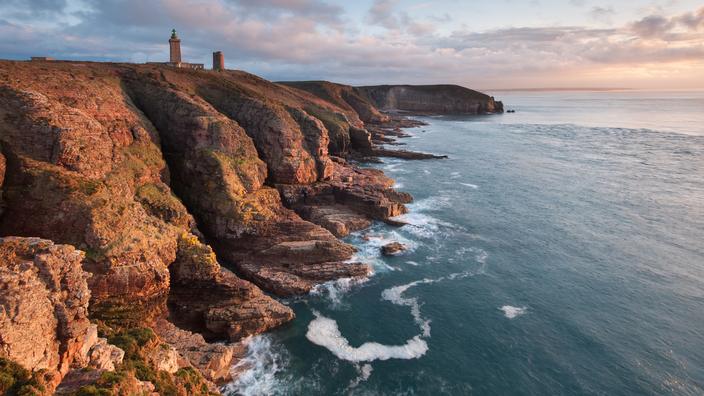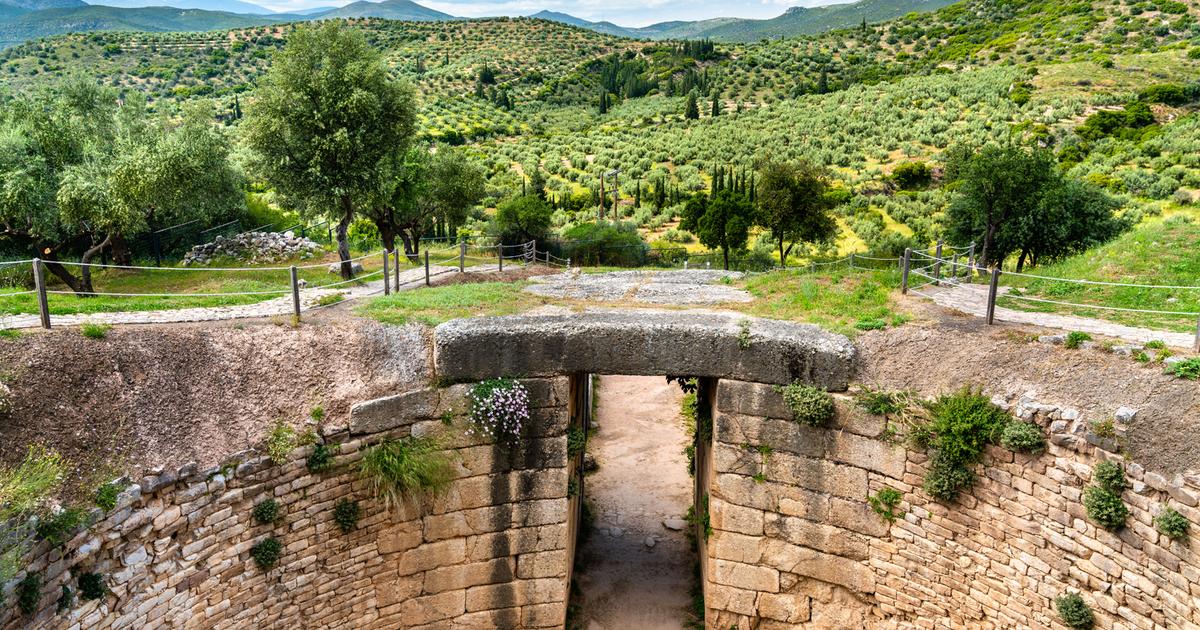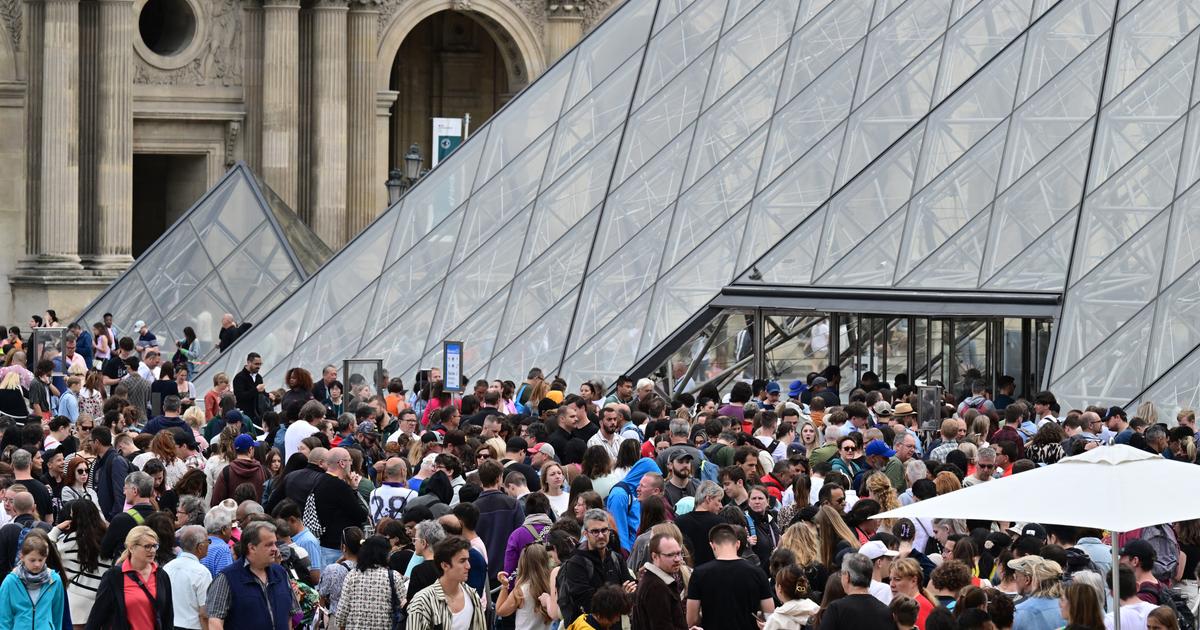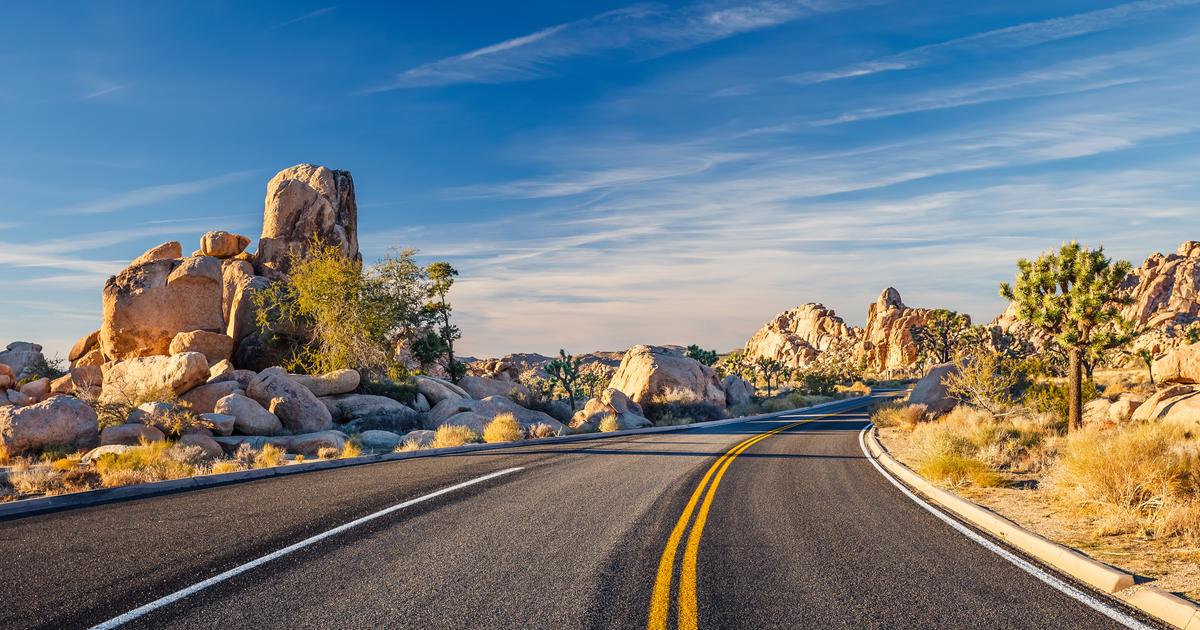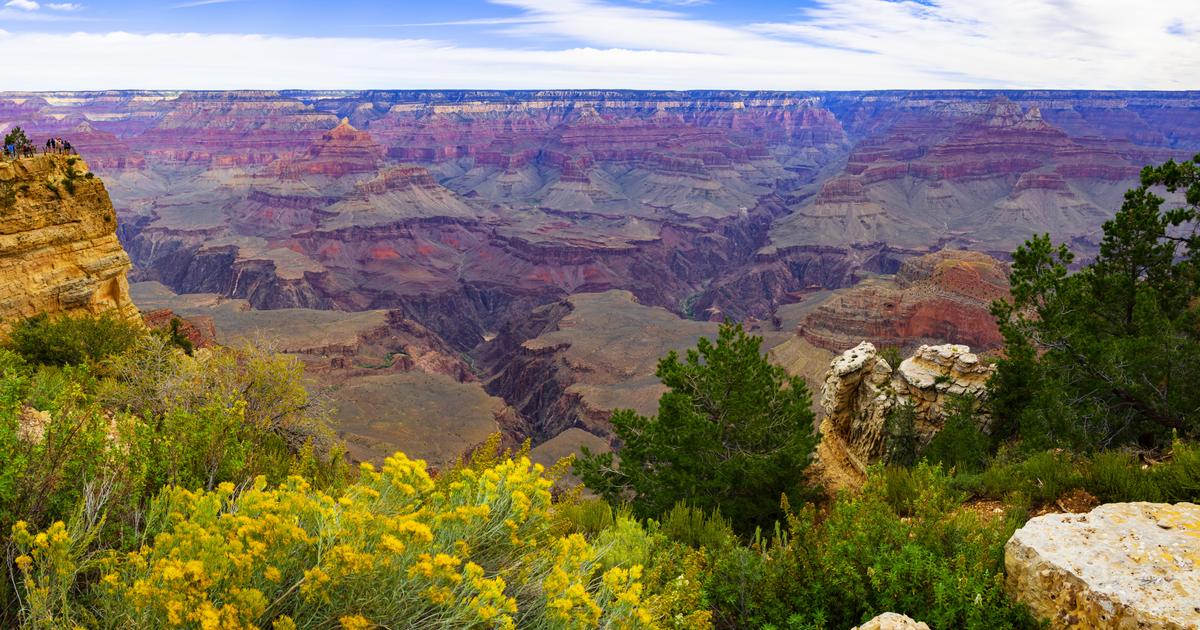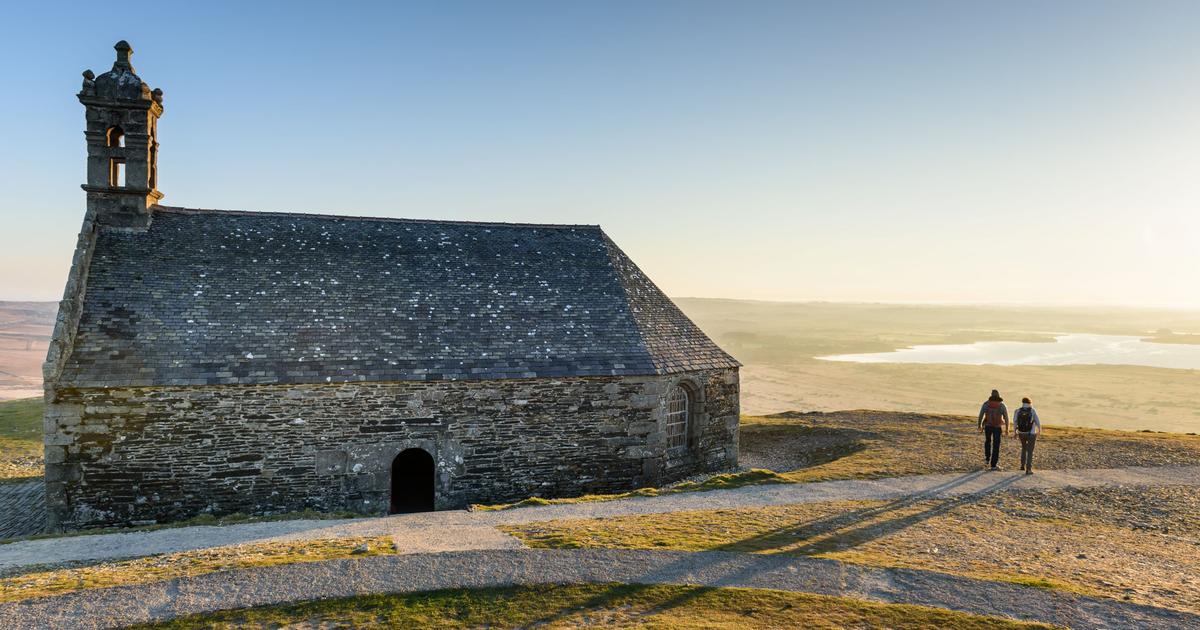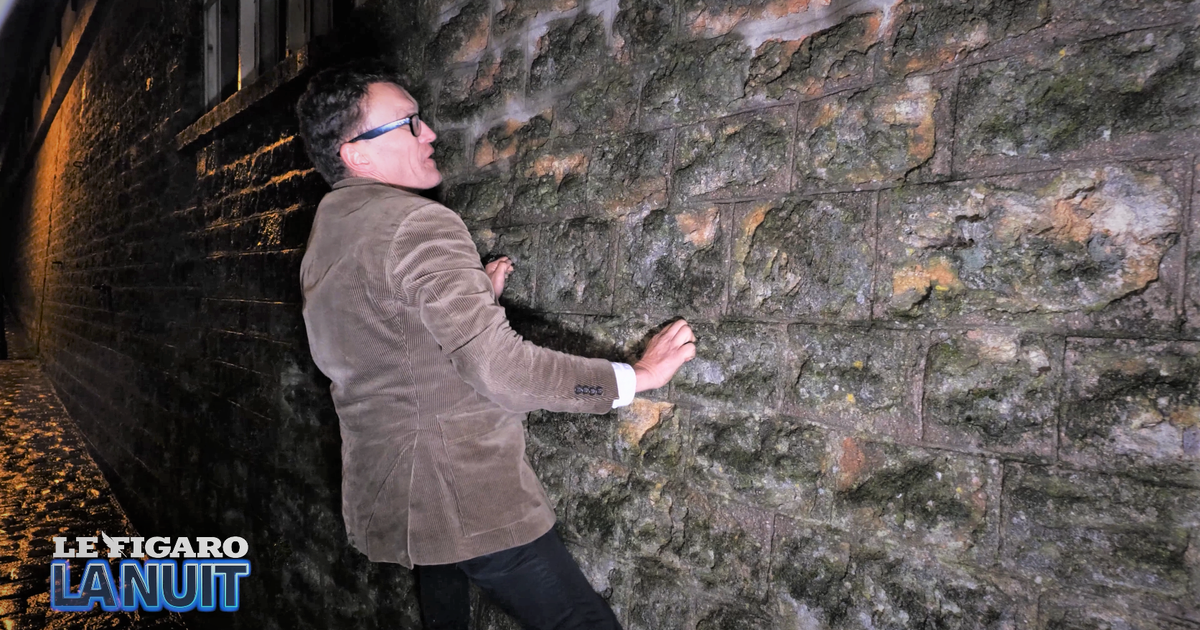You want to hear the wind howling on the moor, taste the power of the ocean which sculpts the capes, feel the telluric vibrations of the stone under your hands, surrender to the contemplation of the sun setting on an oil sea, or meditate in the shade of a century-old oak tree?
All this - and much more - Breton lands offer it to you all year round.
If, during the summer, you have to share these magical places with a larger or smaller crowd, spring and autumn are a blessed period for travelers who aspire to calmly enjoy the beaches, islands and the most popular hiking trails. .
On beautiful winter days, you are alone in the world and the atmosphere is totally magical.
In all seasons, to benefit from the most beautiful lights, get up early, and don't forget drinking water, binoculars, woolen wool and good shoes.
Côtes d'Armor
Cap Fréhel, spectacular cliffs
It is the second most visited natural site in Brittany, after Pointe du Raz.
The ideal is to discover it by following the magnificent coastal path that starts from the tip of the Latte, especially in summer when the heather is in bloom and the boats dance at anchor in the coves below.
We first see the Falconer, an incredible rock springing from the waves on which hundreds of sea birds nest.
Then the medieval-looking lighthouse, perched 100 m above the emerald sea and the moor.
Grandiose!
How to get there ?
Allow around 5 hours by car from Paris, direction Saint-Malo then Cap Fréhel.
By train from Paris, allow around 3 hours (Lamballe or Saint-Malo stop), then 30 minutes by car to Cap Fréhel.
Our advice:
before setting off for this hour-long hike, visit Fort La Latte, erected in the 14th century on the point of the same name (lefortlalatte.com, tel .: 02 96 41 57 11, adult / child admission 6 , € 60 / € 4.40).
Read also: The Emerald Coast from Cancale to Cap Fréhel, immersed in elegant Brittany
The Pink Granite Coast, our Seychelles
The Ploumanac'h lighthouse (in pink granite, of course) is a must-see at sunset!
CRTB / Thibault Poriel
It stretches for about fifteen kilometers between Perros-Guirec and Trébeurden.
Alternating beautiful beaches and spectacular granite chaos dating back to 300 million years ago, this famous coastline is best explored on foot, taking the GR34.
With the changing tides and lights, we have fun guessing faces, silhouettes and animals in these ocher stone giants.
The Ploumanac'h lighthouse (in pink granite, of course) is a must-see at sunset!
How to get there ?
From Paris to Lannion, in 3 hours by TGV, or in 5 hours by car.
Ploumanac'h, in the town of Perros-Guirec, is 10 km from Lannion.
Bus line E allows you to travel between Lannion and Trégastel via Perros-Guirec (tourisme.perros-guirec.com).
Our advice:
the most beautiful section (2h30 walk) is located from the port of Ploumanac'h.
Join the Bastille beach, then that of Saint-Guirec, continue past the Ploumanac'h lighthouse to the Trestraou beach.
Read also: Where to sleep in Brittany?
Our ten favorite hotels on the Armorican Peninsula
Finistere
The island of Ouessant, a timeless interlude
Steep coasts, vertiginous cliffs, offshore reefs, ferocious winter storms ... Welcome to Ouessant!
CRTB / Emmanuel Berthier
A supernatural setting, from the end of the world.
Steep coasts, vertiginous cliffs, offshore reefs, fierce winter storms.
Inland, a gentle savagery arranged by the hand of man: Ouessant has 5 lighthouses (that of Créac'h is the most powerful in Europe), a church, two chapels, 18 calvaries and a village.
Populated since prehistoric times, its breathtaking landscapes are surveyed by taking the time.
Because here everything is beautiful, powerful, authentic.
How to get there ?
The Penn-ar-Bed company serves the island all year round from Brest (2 hours), Conquet (1 hour) and Camaret in summer (1 hour).
Pennarbed.fr, tel.
: 02 98 80 80 80, return adult / child rates from 27/28 €.
Our advice:
cycling is prohibited on the coastal paths, but you can pedal from one point of the island to the other from the inside and finish on foot.
Read also: Wild and spectacular, five good reasons to go to the island of Ouessant this winter
The Monts d'Arrée, mythical Druidic mountains
For hiking enthusiasts, know that there are 250 km of marked trails in the Arrée mountains.
CRTB / Yannick Derennes
500 million years old, this land of moors and rocky chaos is home to korrigans, hideous and facetious dwarves that we tame by treating them with courtesy.
Dominating from its 381 m the
Youdig
- the other of the gates of Hell, with that of Huelgoat -, Mont Saint-Michel-de-Brasparts and its isolated chapel offer a superb view of this brown and red expanse, that gorse punctuate in spring with touches of gold, and heather with purple when autumn comes.
How to get there ?
By train from Paris, reach Morlaix in 3h30.
Then rent a car, follow the D785 towards Quimper;
before Brasparts, take the D84 which will bring you to a car park near the mountain.
Then count 10 minutes of walking.
Our advice:
there are 250 km of marked circuits in the Arrée mountains.
Consult the site montsdarreetourisme.bzh;
among our favorites, the “Landes et peatbières” hike, which starts near Mont Saint-Michel-de-Brasparts and offers a 14 km loop in very ... Scottish landscapes!
The forest of Huelgoat, cradle of Breton legends
In the regional natural park of Armorique, the forest of Huelgoat is a delight.
CRTB / Emmanuel Berthier
If the forest of Brocéliande is the best known, that of Huelgoat, located in the regional natural park of Armorique, is a delight.
Its enormous round granite blocks (like the Roche Tremblante weighing 137 tons, which can be made to oscillate by exerting a simple pressure in a precise place), its menhirs, its venerable beeches and oaks, its Argent river, make it a unique place to walk.
Also nicknamed "the Breton Fontainebleau", it would house one of the gates of the Underworld.
How to get there ?
By car, take the RN164 Rennes-Châtaulin then the D264 towards Carhaix, then the D764 to Huelgoat (2 hours drive).
By train, Paris-Guingamp (2h30), TER connection to Morlaix: you can reach Huelgoat by car or by bus.
More information on montsdarreetourisme.bzh.
Our advice:
at the Gouffre, do not miss the stele of the great writer, archaeologist and traveler Victor Segalen, who died under mysterious circumstances there during a walk in 1919.
To read also: Crozon, Ouessant, Morlaix ... North Finistère, it looks like the South
The Crozon peninsula, a concentrate of Brittany
On the Crozon peninsula, the enormous boulders called the Tas de Pois de la pointe de Penhir.
CRTB / The Eye of Paco
The cross-points of this peninsula with Mediterranean accents stand south of the channel that leads to Brest.
Rocky and vertiginous points, scratched cliffs and fragrant carpet of moor ... sportsmen, nature lovers and families will necessarily find their account there.
The point of Penhir breaks up into enormous photogenic blocks: the Piles of Peas.
That of Dinan hides incredible rocks sculpted by the elements.
After the Cap de la Chèvre, sea caves and vast beaches tease turquoise water.
A technicolor dream.
How to get there ?
From Paris to Brest, count 4 hours by TGV, then 1 hour drive to Camaret-sur-Mer (or 6.30 hours by car).
Our tip:
nestled at the end of the bay of Douarnenez, Morgat is the ideal seaside resort for choosing accommodation and then exploring the peninsula at your own pace.
Typical fishermen's houses and 19th century villas follow one another, in a sumptuous landscape.
Pointe du Raz, facing the open sea
Pointe du Raz owes its worldwide fame to its breathtaking beauty.
CRTB / Yvon Boëlle
A moving regional emblem, a mythical rocky outcrop marking the end of the continent and conducive to contemplation, the Pointe du Raz (which means “fast current” in Breton) owes its world fame to its breathtaking beauty.
At the end of the tapering Cape Sizun, it plunges into tumultuous waters facing the Vieille lighthouse and the Ile de Sein.
No matter the time or the weather, the spectacle is always breathtaking.
To the north, you can see the Baie des Trépassés - a hotspot for local surfing - a legendary site in the submerged town of Ys.
How to get there ?
Allow 6 hours by car from Paris.
Exit at Quimper towards the D765, then take the D784 to Pointe du Raz (commune of Plogoff).
By train from Paris, allow 3h45 to Quimper, then 1h30 by bus (line 53, breizhgo.bzh) to Pointe du Raz.
Our advice:
do not miss the beautiful ornithological reserve of Cap Sizun (reserve-cap-sizun.org, tel .: 06 86 53 67 48), freely accessible all year round.
Plunging view of the Iroise Sea and its islets, while observing the Common Murres, crested cormorants and other peregrine falcons.
Morbihan
The islands of the Gulf of Morbihan: promise of escape kept
The Gulf of Morbihan is dotted with wooded islets, on which small houses and dolmens come together.
A. Lamoureux
It is an inland sea unlike any other.
The Atlantic rushes in through a narrow gully between two points, and floods with the tides a vast basin protected from the swell but crossed by strong currents.
A paradise for sailing and oyster farming, the Gulf of Morbihan is dotted with wooded islets, on which small houses and dolmens come together.
The highlight is the Ile d'Arz and Ile aux Moines, with complementary charms, which you can explore by bike, in the midst of exuberant vegetation and a myriad of sea birds.
How to get there ?
Allow 5 hours by car or 3 hours by train to Vannes from Paris.
From the Vannes ferry terminal, embark with the Navix (navix.fr) or La Compagnie du Golfe (compagnie-du-golfe.fr) which serve the Ile d'Arz and the Ile aux Moines (ticket from 21 , 30 €).
Our advice:
if you only have one day to devote to the “little sea”, embark with Izenah Cruises (izenah-croisieres.com) which offers tours of the gulf with stopovers on Île aux Moines and the island d'Arz (adult / child from € 21.50 / € 10).
Gulf of Morbihan: getaway to the islands of the Breton “little sea”
The wild coast of Quiberon: the all-powerful ocean
The spectacle of the sea is permanent in Quiberon, to the point that swimming is prohibited there.
CRTB / Yannick Le Gal
On the western facade of the Quiberon peninsula, the wild coast, which stretches for 8 km from Portivy, offers two faces depending on whether you visit it in summer or in winter.
These superb dunes tormented by the elements, punctuated by small coves, caves and steep cliffs, sometimes offer themselves gently at low tide in calm weather, to be wrapped in impressive showers of foam when the storm rages.
The spectacle of the sea is permanent there, to the point that swimming is prohibited… but not the promenade, which will lead you with delight from the tip of Percho to Port Blanc or Port Bara, popular with surfers.
How to get there ?
From Paris, allow around 3 hours by train to Auray, where you will need to rent a car to reach the wild coast (in 30 minutes out of season, over an hour in summer).
Our advice:
if after this breath of fresh air, you feel like enjoying a seafood platter, Le Vivier (tel .: 02 97 50 12 60, 12 route du Vivier) is the place to be. you need, especially for its breathtaking view of the wild coast.
Belle-Île-en-Mer, the seductress
The diversity of the landscapes of Belle-Île-en-Mer is incredible.
CRTB / Fanny Sabatier
Like a miniature Norway that enjoys a temperate climate, with its enchanting fjords and pretty ports with colorful facades, Belle-Île-en-Mer is the largest of the Breton islands.
The diversity of its landscapes is incredible: jagged cliffs, discreet coves, soft sandy beaches and wooded valleys ... have always attracted celebrities.
The beautiful and generous islander deserves of course that we devote several days to it, especially if you have the chance to go there out of season.
A coastal path of around a hundred kilometers goes around it: this is something to satisfy hikers of all stripes!
How to get there ?
Depending on the season, you can leave from Quiberon (compagnie-oceane.fr, the only connection provided all year round, crossing 45 minutes, one way adult € 14 / child € 7), from Vannes or Port-Navalo (compagnie-du- golfe.fr and navix.fr, crossing one or two hours, one-way adult € 23 / child € 16-18).
Our tip:
Belle-Île-en-Mer is renowned for its nautical activities (sailing, kayaking, etc.) but also for its diving spots such as the Basse du Palais or the Cochon, at the famous Pointe des Poulains.
Wrecks and abundant biodiversity are on the program with Angélus Plongée (angelus-plongee.com, tel .: 06 85 13 83 76, Le Palais).
Read also: From Quiberon to Belle-Île, a charming stopover in southern Brittany

